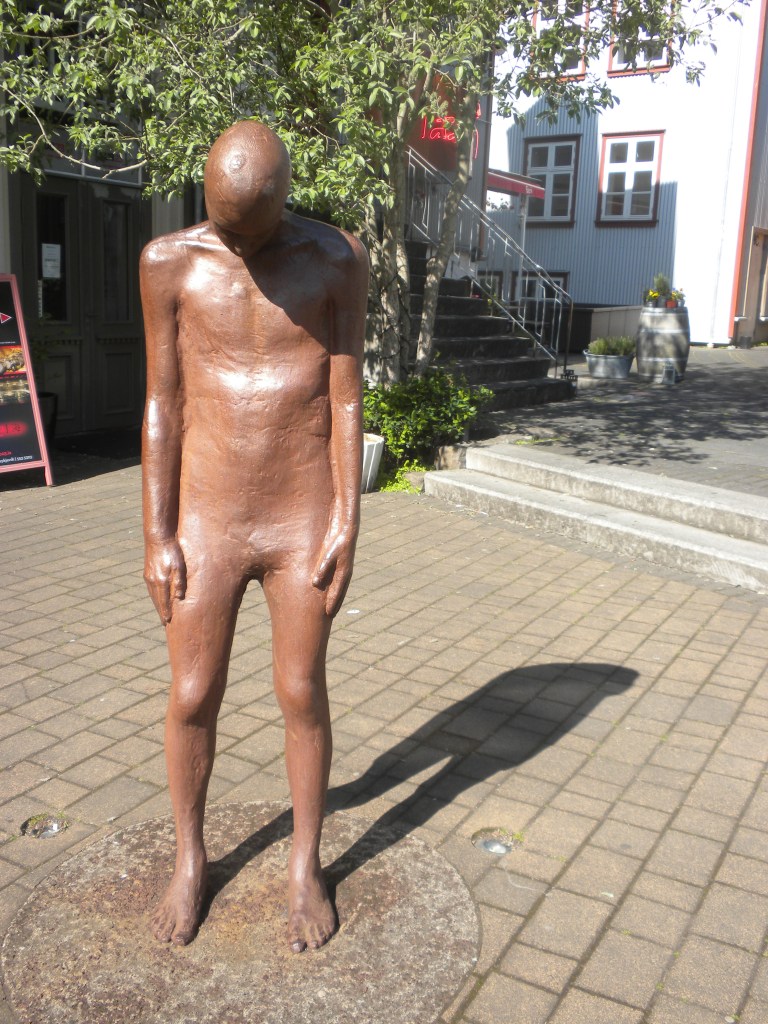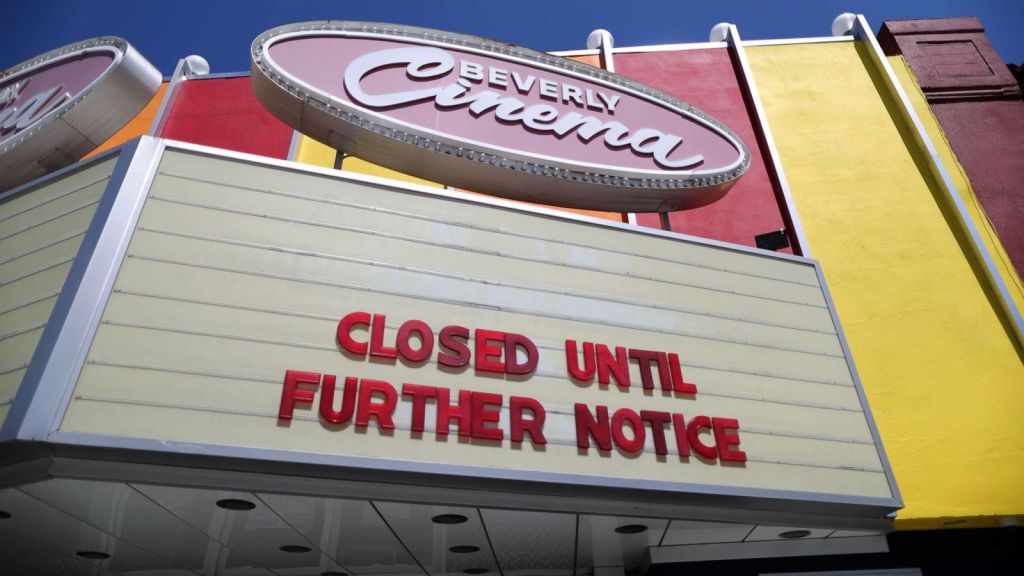
Lucky New Year’s Postcard
I’ve said on many occasions, usually around this time of year, that only a fool celebrates the passing of time. Every January 1, take a picture of yourself in your bathroom mirror and note the thinning and graying of your hair, the mottling of your skin, and the network of spidery lines demarcating the zones of your face. Oh, well, it’s all a natural process.
On a more positive note, let’s see what the youthful Charles Dickens wrote about New Years Day in his first book, Sketches by Boz:
Next to Christmas-day, the most pleasant annual epoch in existence is the advent of the New Year. There are a lachrymose set of people who usher in the New Year with watching and fasting, as if they were bound to attend as chief mourners at the obsequies of the old one. Now, we cannot but think it a great deal more complimentary, both to the old year that has rolled away, and to the New Year that is just beginning to dawn upon us, to see the old fellow out, and the new one in, with gaiety and glee.
There must have been some few occurrences in the past year to which we can look back, with a smile of cheerful recollection, if not with a feeling of heartfelt thankfulness. And we are bound by every rule of justice and equity to give the New Year credit for being a good one, until he proves himself unworthy the confidence we repose in him.
This is our view of the matter; and entertaining it, notwithstanding our respect for the old year, one of the few remaining moments of whose existence passes away with every word we write, here we are, seated by our fireside on this last night of the old year, one thousand eight hundred and thirty-six, penning this article with as jovial a face as if nothing extraordinary had happened, or was about to happen, to
disturb our good humour.
Hackney-coaches and carriages keep rattling up the street and down the street in rapid succession, conveying, doubtless, smartly-dressed coachfuls to crowded parties; loud and repeated double knocks at the house with green blinds, opposite, announce to the whole neighbourhood that there’s one large party in the street at all events; and we saw through the window, and through the fog too, till it grew so thick that we rung for candles, and drew our curtains, pastry-cooks’ men with green boxes on their heads, and rout-furniture-warehouse-carts, with cane seats and French lamps, hurrying to the numerous houses where an annual festival is held in honour of the occasion.
We can fancy one of these parties, we think, as well as if we were duly dress-coated and pumped, and had just been announced at the drawing-room door.











You must be logged in to post a comment.